15 years one-stop China custom CNC machining parts factory

Hey there I’m VMT Sam!
With 25 years of CNC machining experience we are committed to helping clients overcome 10000 complex part-processing challenges all to contribute to a better life through intelligent manufacturing. Contact us now
 158 |
Published by VMT at Oct 12 2023
158 |
Published by VMT at Oct 12 2023
Plastic Isn't Metal:
Plastic has numerous advantages over metal. However, it's essential to understand that plastic is not metal. Designing plastic components with a mindset suited for traditional metal parts can lead to various issues. Plastic has its drawbacks when compared to metal, including:
Lower Mechanical Strength: Most plastics have lower mechanical strength compared to metals. Common plastics (excluding high-performance ones) exhibit significantly lower mechanical strength than metal materials.
Lower Maximum Operating Temperature: While metals can operate effectively at high temperatures, most plastics have a maximum operating temperature below 150 degrees Celsius. Prolonged exposure to their maximum temperature can cause deformation, leading to quality and safety issues.
Poor Chemical Resistance: Some plastics are sensitive to specific chemicals. When exposed to these substances during use, plastic parts can easily crack, deform, or fail due to chemical attack.
Limited Electrical Conductivity: Most plastics do not conduct electricity, limiting their electromagnetic shielding capabilities. While some plastics can be made conductive with additives, this can increase material costs.
Outdoor Suitability: Many plastics are not suitable for outdoor use as they are not UV resistant and can degrade when exposed to sunlight.
Choose the right plastic: Select a plastic material that meets your application's mechanical, thermal, and chemical requirements. Common choices include ABS, POM, nylon, and PEEK, among others.
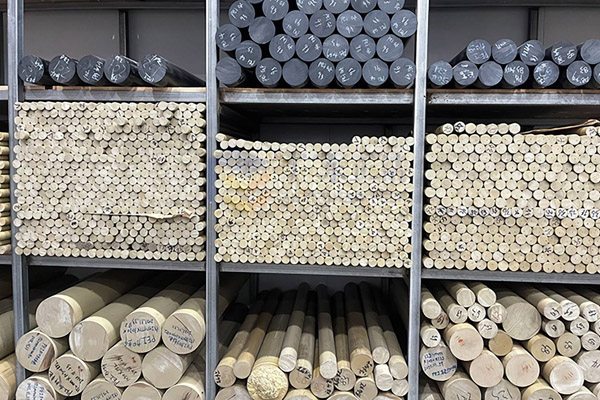
2. Consider Part Consolidation:
When substituting plastic for metal, it's not a one-to-one material replacement for individual metal parts. Instead, look at the entire product from a Design for Assembly (DFA) perspective, aiming to consolidate multiple metal components into a single plastic part. This approach can maximize cost savings.
One-to-one material substitution is rarely successful, as it overlooks the complexity and design freedom that plastic components can offer.
3. Proper Design for Manufacturability (DFM):
Understand that plastic parts are produced through injection molding, which has different design requirements compared to metal manufacturing processes like die-casting, CNC machining, or stamping.
Consider factors like wall thickness, draft angles, ribs, fillets, radii, and holes, which have different design requirements in plastics than in metals.
Tolerances: Plastic materials may have different thermal expansion properties than metals. Adjust tolerances accordingly to accommodate these differences.
Wall Thickness: Maintain sufficient wall thickness to ensure structural integrity. Thin walls can lead to warping or breakage during processing.
Fillets and Radii: Incorporate fillets and radii at sharp corners to reduce stress concentrations and improve part strength.
Undercuts: Avoid complex undercuts or features that may be challenging to machine in plastic.
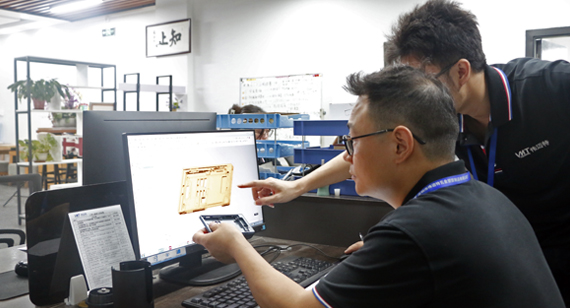
4. Machinability:
CNC Tooling: Choose suitable tooling for machining plastics, such as high-speed steel (HSS) or carbide cutters designed for plastics.
Coolant: In most cases, plastics do not require coolant during machining. However, for certain high-temperature plastics, cooling may be necessary to prevent melting.
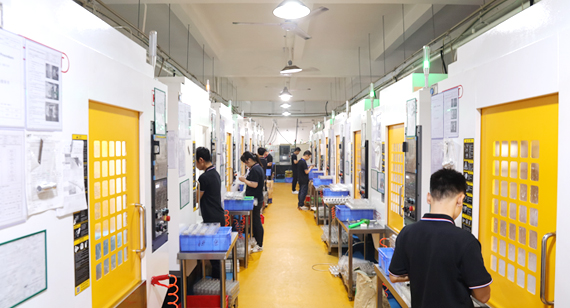
5. Surface Finish:
Surface Texture: Determine the required surface finish for your application. Plastics can achieve various textures, from smooth to textured.
Post-Machining Finishing: Consider secondary processes like sanding, polishing, or painting to achieve the desired surface quality.
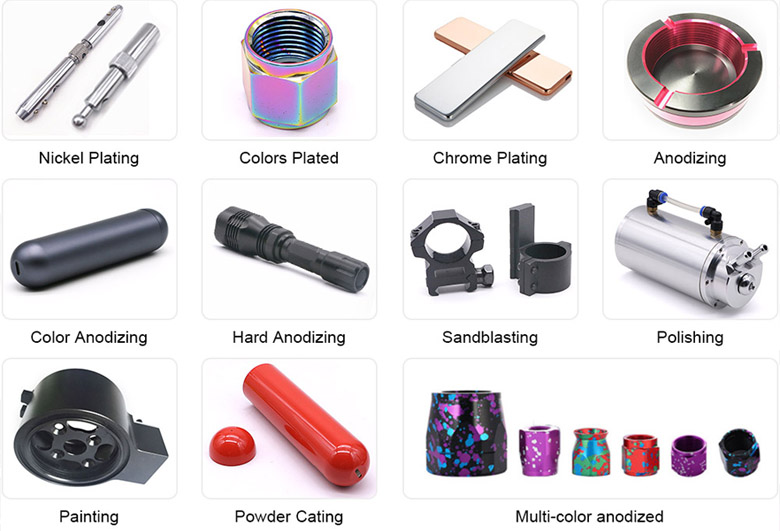
6. Draft Angles:
Draft Angles: Include draft angles on vertical walls to aid in the ejection of the part from the mold or machining fixture.
7. Heat Management:
Thermal Expansion: Account for thermal expansion and contraction of plastics, especially when used in applications with temperature variations.
8. Cost Considerations:
Material Cost: While plastic materials are generally less expensive than metals, consider the overall cost, including machining and any required post-processing.
9. Testing and Prototyping:
Prototype First: Consider creating a prototype of your plastic CNC machined part to test its functionality and fit before full-scale production.
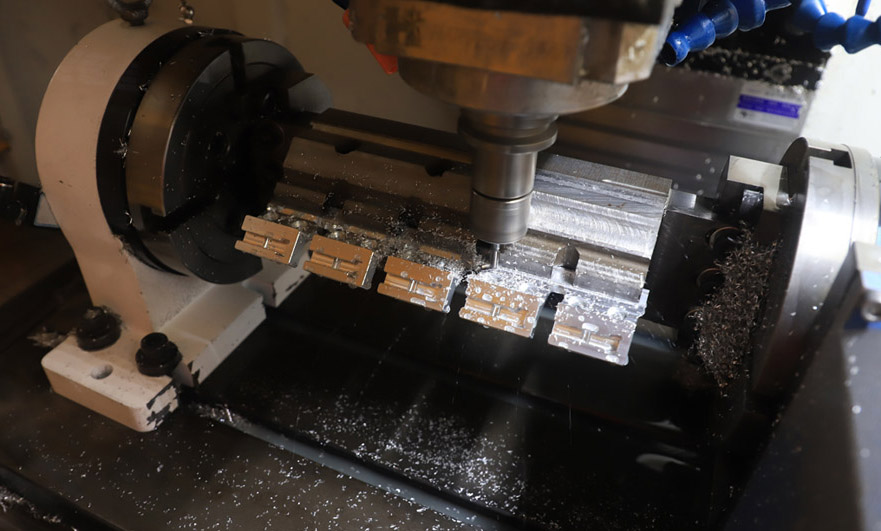
10. Environmental Impact:
Recyclability: Assess the recyclability of the chosen plastic material to align with sustainability goals.
Find a Reliable CNC Machining Factory
Are you looking for the right CNC machining manufacturer? Why not give VMT CNC machining factory a try and let us help you.
We provide customized CNC machining services for aluminum, stainless steel, titanium, copper and other metal materials. Focusing on CNC machining and production for 13 years, we have a surface treatment factory that we have cooperated with for 10 years, providing various surface treatment services. Whether it is prototype CNC machining manufacturing or low-volume CNC machined parts production, our team of professional engineers will choose the appropriate CNC machining process and surface treatment for you to obtain high-quality CNC machined parts. Now, just upload your CAD files to our email: inquiry@vimetal.com.cn to get a project quote.
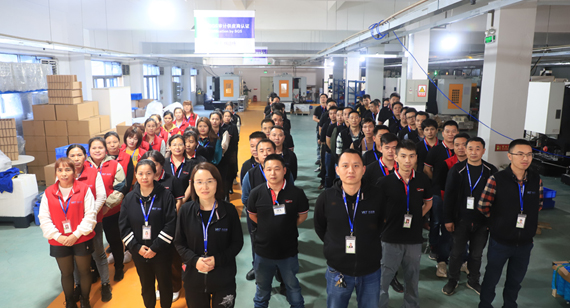
By adhering to these design guidelines, you can successfully substitute plastic for metal in CNC machining parts, achieving the desired functionality while optimizing cost and performance.
Ready To Start Your Next Project?
Get Instant Quote

Request a Free Quote
Send us a message if you have any questions or request a quote. We will get back to you ASAP!